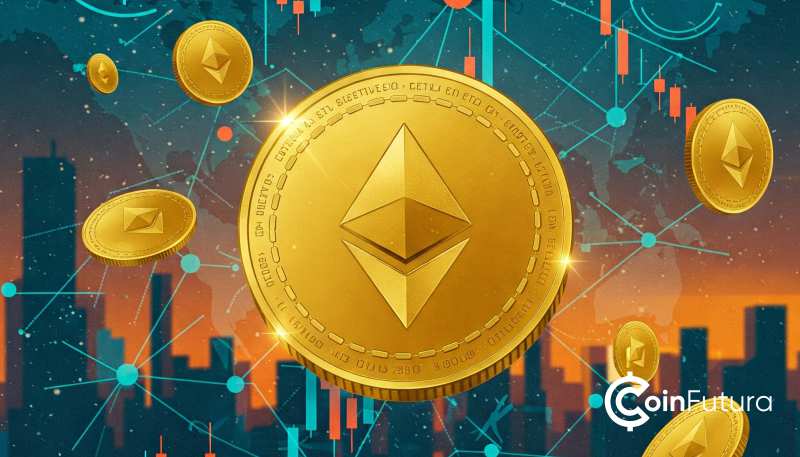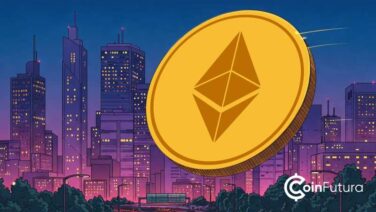- Ethereum gas fees plunge to $0.04, sparking renewed developer and trader interest.
- Vitalik’s RISC-V plan aims to cut costs, improve scalability, and maintain compatibility.
- Layer-2 networks push fees near zero, intensifying competition and user migration.
Ethereum gas fees have dropped to just $0.04, the lowest in years, reshaping access, market behavior, and future network potential. This dramatic decline marks a pivotal moment for developers, institutions, and users engaging with the Ethereum mainnet.
Low Fees Reignite Bullish Momentum and Historical Parallels
Traders are interpreting the fee drop as a bullish signal, with many pointing to similar conditions ahead of past Ethereum rallies. Merlijn The Trader emphasized the timing, saying, “The last time fees were this low? A bull run followed,” fueling market buzz. The combination of cheap transactions and rising developer activity is reigniting optimism among long-term holders.
At just $0.04 across all speed tiers, Low, Averageand High, the network offers flat pricing with 0.994 gwei base fees. This uniformity reduces complexity and friction, making DeFi, NFT trading, and dApp interaction more seamless for everyone. It strengthens Ethereum’s value proposition at a time when cost-efficiency matters more than ever.
Buterin’s RISC-V Proposal Targets Scalable, Cost-Effective Innovation
Vitalik Buterin’s recent proposal to replace the EVM with RISC-V architecture aims to boost scalability and cut gas usage. The modular design promises easier upgrades, native cryptographic tools, and backward compatibility for legacy contracts. This strategic shift could future-proof Ethereum while preserving the platform’s existing smart contract infrastructure.
Simplified execution paths in RISC-V mean lower resource needs and reduced transaction costs over time. The open-source platform provides more freedom, openness, and control of long-term development to the developers. With its integration of performance and decentralization, Ethereum is a next-generation application layer.
Layer-2 Networks Push the Fee War Further, Enhancing Ethereum’s Edge
Layer-2 ecosystems are echoing this trend, with Mode and RedStone posting $0.0000 transaction fees on their networks. Base and Optimism remain under $0.0025, creating a competitive environment that extends Ethereum’s reach and reduces congestion. This ecosystem-wide fee compression makes Ethereum-based development more attractive and cost-efficient.
Ethereum itself has seen a 93% drop in average fees, now hovering around $0.0831 across mainnet usage. Lower costs mean reduced slippage, easier onboarding, and stronger liquidity, key ingredients for broader adoption. These favorable conditions help position Ethereum as the most scalable and developer-friendly blockchain solution available.
Price Action Reflects Mixed Sentiment in a Low-Fee Environment
Ethereum opened at $1,795.08 and closed at $1,768.41 on April 24, slipping 1.49% in a session marked by low volume. The day’s range touched a low of $1,758.00 and met resistance at $1,800, keeping the price in a cautious, narrow band. Despite a bullish tone earlier in the week, reduced volatility now signals that traders are watching closely before committing.

Volume clocked in at 117.4K ETH, falling short of the recent two-day average, while RSI settled at a neutral 53.59. MACD remains positive with green momentum building, backed by a growing gap from the signal line. If the $1,760–$1,770 zone holds, ultra-low fees could trigger renewed demand and sustained price recovery.








